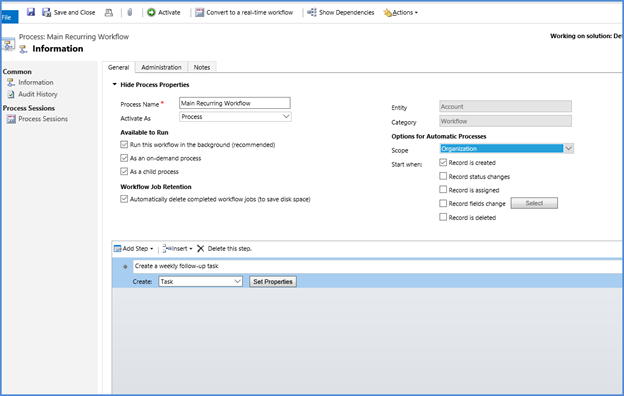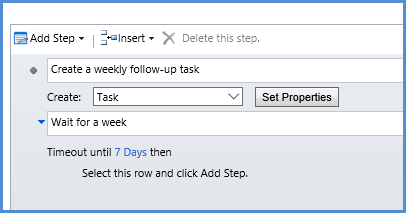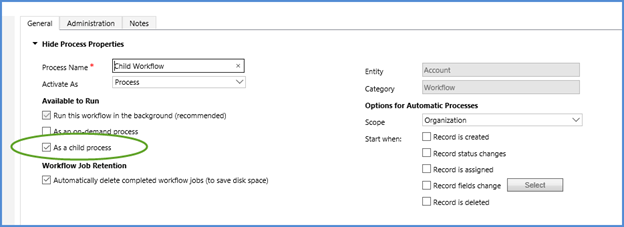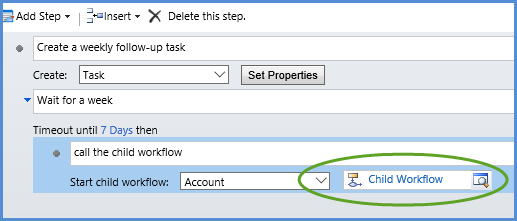In this webinar, our experts showcase a variety of demo use cases of how different components of the...
Microsoft Business Applications Practice
- Products & Technology
- Industries
- Services
- Support
- Education
- Solutions
- Blog & Resources
Latest Blog Posts
PD9waHAgJGFyZ3MgPSBhcnJheSgKICAgICAgICAncG9zdF90eXBlJyA9PiAncG9zdCcsCiAgICAgICAgJ3Bvc3Rfc3RhdHVzJyA9PiAncHVibGlzaCcsCiAgICAgICAgJ3Bvc3RzX3Blcl9wYWdlJyA9PiAzLAogICAgICAgICdvcmRlcmJ5JyA9PiAnZGF0ZScsCiAgICAgICAgJ29yZGVyJyA9PiAnREVTQycsCiAgICApOwogICAgJHJlbGF0ZWRfaXRlbXMgPSBuZXcgV1BfUXVlcnkoICRhcmdzICk7CiAgICBpZiAoJHJlbGF0ZWRfaXRlbXMtPmhhdmVfcG9zdHMoKSkgOgogICAgd2hpbGUgKCAkcmVsYXRlZF9pdGVtcy0+aGF2ZV9wb3N0cygpICkgOiAkcmVsYXRlZF9pdGVtcy0+dGhlX3Bvc3QoKTsKICAgID8+CgkgIDxhIGhyZWY9Ijw/cGhwIHRoZV9wZXJtYWxpbmsoKTsgPz4iPgogICAgICAgIDxkaXYgY2xhc3M9Im5hdi1wb3N0LXdyYXAiPgogICAgICAgICAgPGRpdiBjbGFzcz0ibmF2LWZlYXQtaW1nIj4KICAgICAgICAgICAgIDw/cGhwIHRoZV9wb3N0X3RodW1ibmFpbCgpOz8+CiAgICAgICAgICA8L2Rpdj4KICAgICAgICAgIDxkaXYgY2xhc3M9Im5hdi1wb3N0LXRleHQiPgogICAgICAgICAgICA8ZGl2IGNsYXNzPSJwb3N0LXRpdGxlIj48P3BocCB0aGVfdGl0bGUoKTsgPz48L2Rpdj4KICAgICAgICAgICAgPGRpdiBjbGFzcz0icG9zdC1leGNlcnB0Ij48P3BocCB0aGVfZXhjZXJwdCgpOyA/PjwvZGl2PgogICAgICAgICAgPC9kaXY+CiAgICAgICAgPC9kaXY+CiAgICAgIDwvYT4KICAgIDw/cGhwCiAgICBlbmR3aGlsZTsKICAgIGVuZGlmOwogICAgd3BfcmVzZXRfcG9zdGRhdGEoKTsKPz4KPGRpdiBjbGFzcz0ibmF2LWJ0bi13cmFwIj4KICA8YSBocmVmPSIvYmxvZy8iIGNsYXNzPSJuYXYtcG9zdHMtYnRuIj5SZWFkIHRoZSBCbG9nPC9hPgo8L2Rpdj4=Latest Resources
 How Microsoft Power Platform is helping to modernize and enable...
How Microsoft Power Platform is helping to modernize and enable... Deliver an Extraordinary Omnichannel Experience
Deliver an Extraordinary Omnichannel ExperienceBusinesses that provide multiple touchpoints for customer service—powered by intelligent automation...
 Data Interoperability Key to Improving the Patient Experience
Data Interoperability Key to Improving the Patient ExperienceAs the healthcare industry continues its shift to patient-centric care...
More...
PO TV
PO TV is your designation for Dynamics 365 video content.Events
PowerObjects offers a wide variety of Dynamics 365 events, trainings, and webinars.Careers
We're looking for bright, energetic and motivated people.News
PowerObjects' latest press releases and Microsoft Business Application news.Webinars on Demand
We record all of our webinars so they can be watched on demand at any time. - Contact













I did a similar solution form crm 2016 online by creating two workflows and once the 1st workflow is done it calls the 2nd workflow which later on called 1st workflow. It worked fine for around 8 executions but later on the workflows were stopped by the system with the following error :
This workflow job was canceled because the workflow that started it included an infinite loop. Correct the workflow logic and try again. For information about workflow logic, see Help.
Any idea on this ?
Yes, this will eventually happen when using workflows which trigger each other. This solution is therefore inherently flawed, the only alternative would be to create a script/console app to initiate an new on-demand workflow on a schedule.
There is a limit of 7 executions per hour (even the child workflows count I think) . If there are more executions the platform triggers an infinite loop exception. So you just need to be careful how often you trigger the workflow. Another thing you have to be aware of is a 2 min. limit of execution time for workflow. So if you have some lenghty operations in your workflow action, you should include an Input Parameter with record count or even better time your execution and exit before it surpasses the 2 min limit.
It's work very well.
The only problem is: when I create a new account the workflow starts! So the time out is not respected!
It's work very well.
The only problem is: when I create a new account the workflow starts! So the time out is not respected!
It's work very well.
The only problem is: when I create a new account the workflow starts! So the time out is not respected!
Doesn't this solution start a new workflow loop every time an account is created?
This might work in the past but on latest CRM 2016 Update 2 it fails over with "This workflow job was canceled because the workflow that started it included an infinite loop. Correct the workflow logic and try again. For information about workflow logic, see Help" and the process stop.", I guess Microsoft is getting smarter detecting infinite loops in workflows, as even if you create a child workflow to run parent again it detects it.
Having said this, if you keep frequency less than 7 runs per hour as mentioned below, this works without issues.
Very good article, thank you!